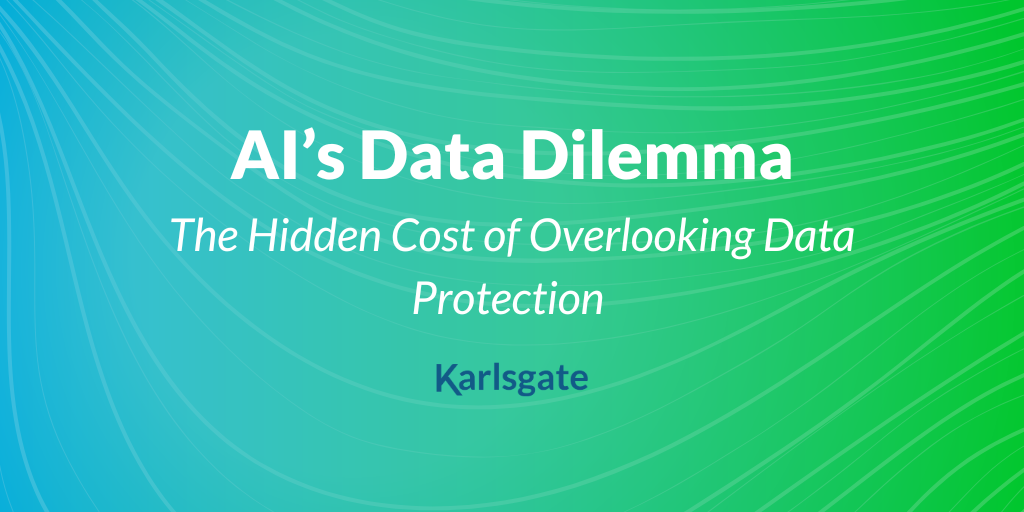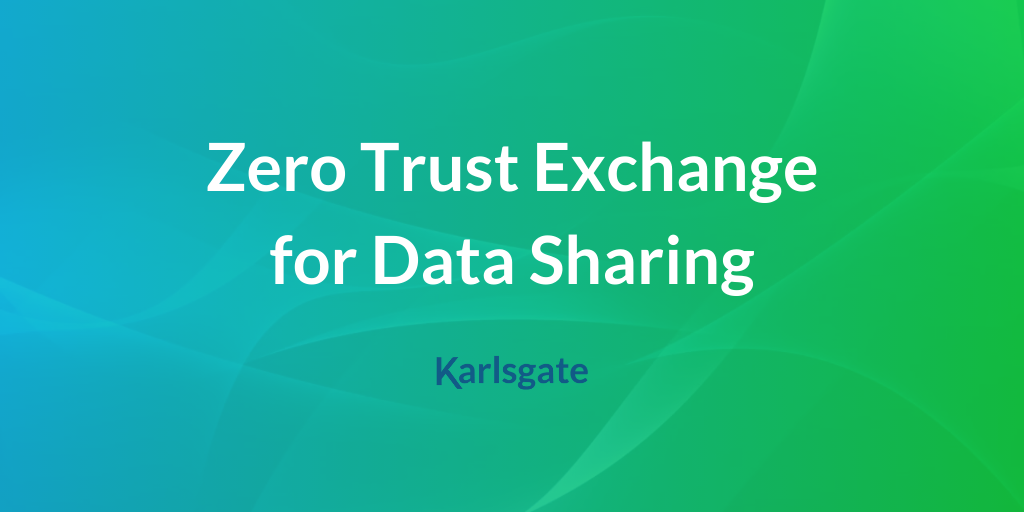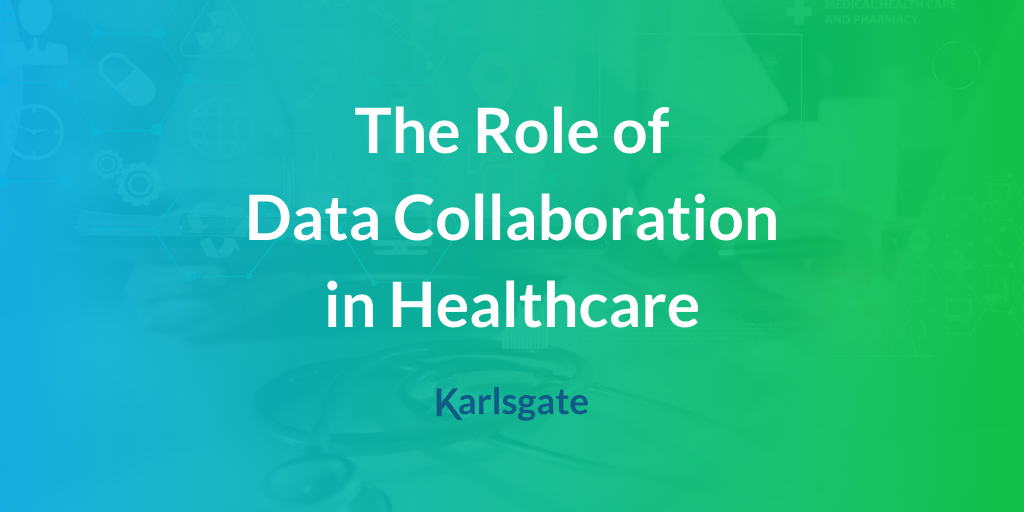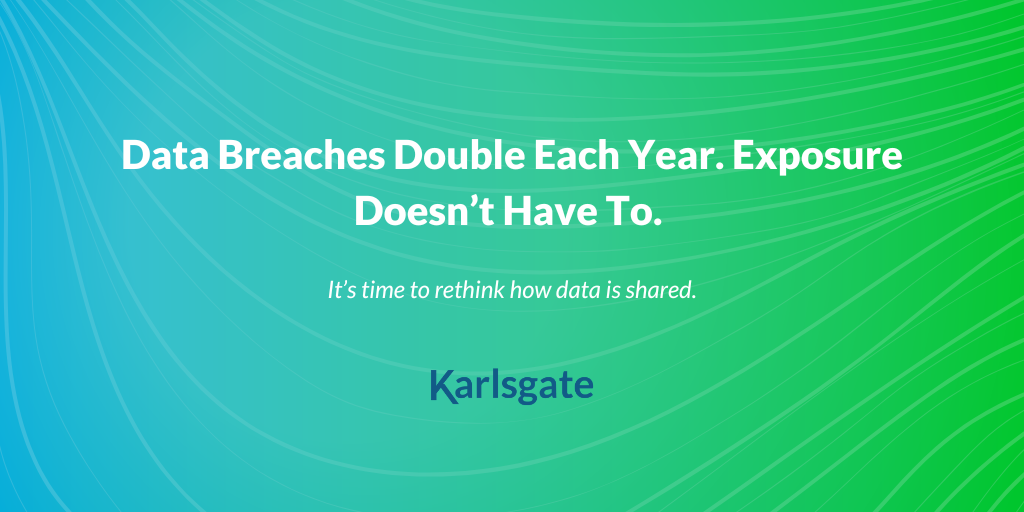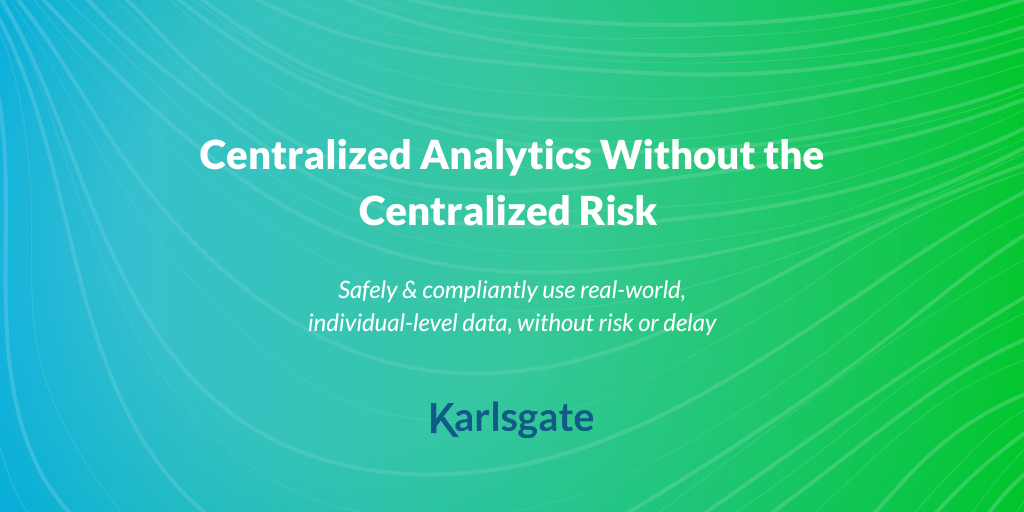AI is advancing rapidly, bringing incredible opportunities for automation, efficiency, and competitive advantage. But history has shown that when innovation outpaces security and privacy...
Did you know that 43% of data integration projects don’t even get completed because companies simply don’t have enough IT capacity? And 44% of projects don’t get done because the security and compliance requirements make the process for connecting data too cumbersome?
With AI and machine learning being implemented at a record pace, and more and more organizations finding the need to exchange data and insights, the need for data from new, novel, and varied sources is at an all-time high. And while this data has become an asset for many organizations, the sheer volume of data needed has become cumbersome for many to handle – not to mention the risk it also brings for revealing personal information.
So how do we overcome the hassle of secure data collaboration and scale capabilities in this area without risking the security of individual identities? It’s time to change our approach and instead seek out a new path to data collaboration that can handle the real-world complexity that is a very real factor in today’s data landscape.
The Hassle of Secure Data Collaboration
From government agencies, to corporations, to healthcare organizations, and everyone in between, accessing and exchanging valuable data has always come as a burden. Whether searching for data from an outside vendor, or looking to connect internal systems, the process to connect data from different sources isn’t simple. In fact, the average data sharing or data integration project takes over two months (and anecdotally we hear it’s even longer).
In addition, lengthy privacy reviews, evolving security regulations, and working to align processes for each new partner significantly slow down the time and increase the cost of exchanging data safely – and that’s all before insights have even begun to be shared.
With that in mind, it’s no surprise projects fail so frequently – 52% of the time to be exact.
Scaling Data Connectivity While Handling Real-World Complexity
As the need for more data from more partners rises, so does the need for methods of data exchange that simplify the process. Finding and vetting data partners can take months, and it’s hard to trust data partners not to mishandle or misuse your data.
Before you can even evaluate the benefits of connecting data sources, preparing to connect data takes a great deal of manual effort. Many of the steps are lengthy, costly, and cumbersome. Once the data is approved, there’s still concern about how to make regular updates, and if the data doesn’t pass evaluation, you must begin the time consuming, lengthy process over from the beginning.
According to IT leaders, the top complexities of data sharing and integration projects are:
- Alignment on security protocol
- Alignment on file formats
- Alignment of data element normalization/standardization
- Downtime associated with data refreshes
- Custom development/coding required for each integration
In fact, when it comes to data integration projects, only 16.3% of the total project time is spent actually evaluating incoming data. So, what’s the rest of that time going to? Planning to connect data, partner evaluation, partner sourcing, and prepping outgoing data – all tasks that could (and should) be simplified. Instead of accepting the status quo, where less than 17% of the entire project time is spent evaluating data, there must be a better way.
When we look toward the future of data collaboration, we see a major push toward interoperability and a focus on digital transformation. Much of this focus has been on alignment of field formatting. However, what about making it quicker and easier to match?
With this also comes the need for more precise and more accurate data from more (and more varied) sources, but real-world complexity has historically been a roadblock to achieving this.
Putting this all together, it should be a mission-critical objective for organizations to identify ways to find ways to accelerate and increase their data collaboration/data partnership strategies so that they can source the necessary data to meet their goals. However, for that type of strategy to work, they need a way to easily connect with partners at scale and with precision.
From the processing and storing of data, to data normalization to aligning with external partners on file structures, the number of steps required before data can even be evaluated can hold projects back – or even keep them from ever getting started. It’s more critical than ever to streamline these steps and embrace emerging technologies to easily scale data connectivity and enable collaboration with more partners more quickly and easily than ever before.
Solutions that Scale Data Connectivity
Technology is changing; how we deal with big data has to change with it. That’s where Karlsgate steps in. Karlsgate’s next-gen technology was designed to provide a privacy-enhancing layer that is easily integrated into all data operations – allowing a free flow of insights while maintaining control of sensitive information.
Data collaboration should be easier – and it can be. If you’re ready to simplify your data connectivity, check out our demo video, or contact us to learn more and get started.

